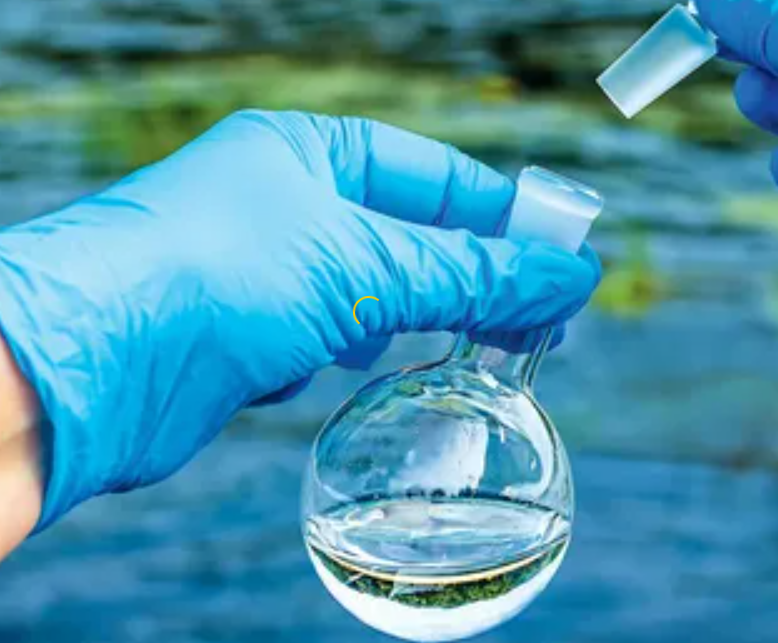At present, there are many factors that can affect the determination of dissolved oxygen, such as air pressure, temperature, water quality changes, and the accuracy of the instrument. The accuracy of instruments in daily life needs calibration to ensure. Today, we will learn about some calibration and detection methods of dissolved oxygen analyzer

Reagents to be prepared for calibration
1. Sodium sulfite: analytically pure.2. Divalent cobalt salt: cobalt chloride hexahydrate or other divalent cobalt salts, analytical pure.
3. Divalent cobalt salt solution
Weigh 0.1g divalent cobalt salt, dissolve it with 1% hydrochloric acid, transfer it to a 100ml volumetric flask after dissolution, add 1% hydrochloric acid to constant volume to the marking line, and mix well for use.
4. Oxygen free water
Dissolve about 25g of sodium sulfite in distilled water at room temperature, add distilled water to 500ml, add a small amount (about 1-2 drops) of divalent cobalt salt solution, and prepare it immediately.
5. Saturated dissolved oxygen water
Under the specified temperature conditions, air is introduced into distilled water for aeration at a flow rate of 1L/min for more than 2h to saturate the dissolved oxygen, and the dissolved oxygen is kept stable for a period of time. Generally, it should be noted that 200ml of water needs to stand for 5min~10min, and 500ml of water needs to stand for 10min~20min. If necessary, GB7489 should be used to determine whether it is saturated.
6. Water saturated air
Add about 10ml distilled water into a clean 250ml thin necked bottle, cover the bottle, shake it quickly for 30s, and then balance it at room temperature for 30min to stabilize the dissolved oxygen.
It should be noted that under balanced conditions, the partial pressure of oxygen in air saturated water is equal to the partial pressure of oxygen in water saturated air. Therefore, the calibration of the probe in water is the same as that in air. Also, the concentration of dissolved oxygen varies with the change of atmospheric pressure, so atmospheric pressure compensation should be carried out.
Common Calibration Methods of Dissolved Oxygen Tester
There are two calibration methods for dissolved oxygen analyzer: zero calibration and saturated dissolved oxygen calibration.
Zero calibration: depending on the instrument model, if zero calibration is required, immerse the probe in anaerobic water and adjust the indicated value to zero.
Saturated dissolved oxygen calibration: immerse the probe in saturated dissolved oxygen water and gently swing (the fluorescence instrument does not need to swing), or put the probe into water saturated air. After the displayed value is stable, measure the temperature of saturated dissolved oxygen water or water saturated air (accurate to ± 0.1 ℃), and adjust the displayed value according to the saturated dissolved oxygen concentration value in Appendix A.
It should be noted that the display value of the dissolved oxygen meter with the coated electrode method generally changes with the flow rate of the sample. The liquid flow rate on the probe surface (usually not less than 0.3 m/s) should be kept constant according to the method specified by the manufacturer.
The above is the common calibration and detection method of dissolved oxygen analyzer



